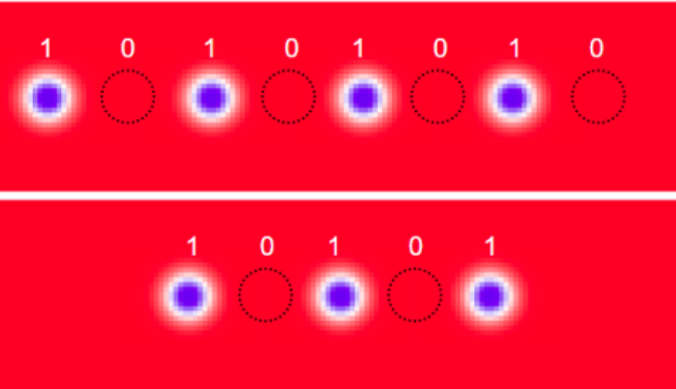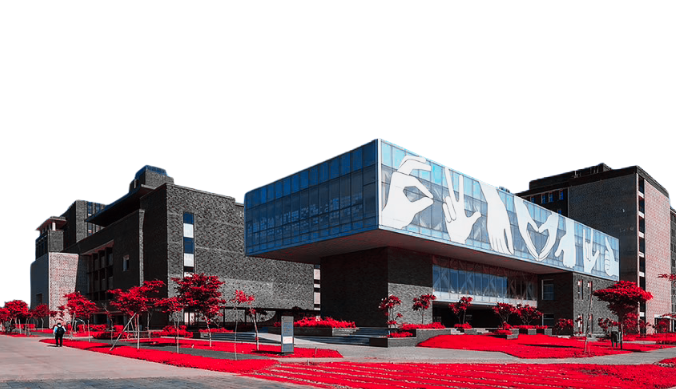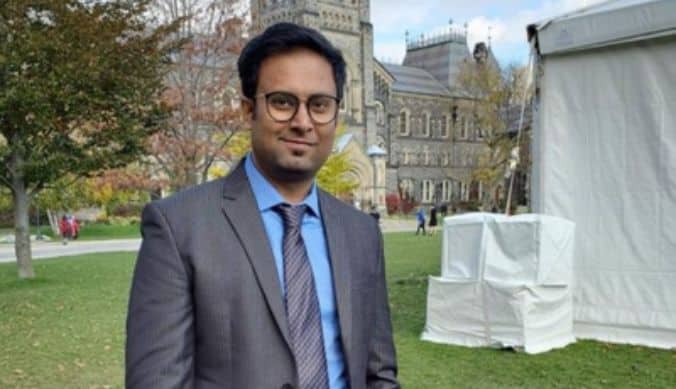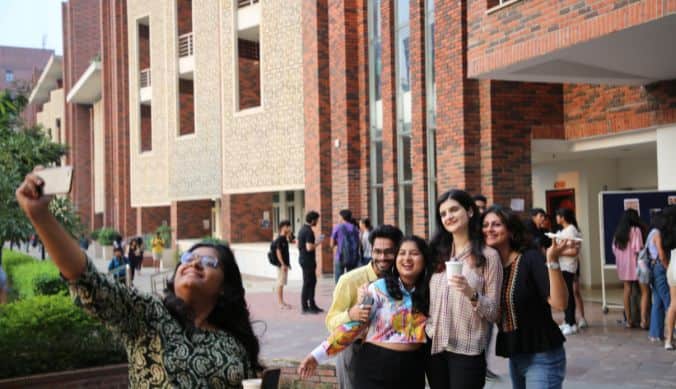Beyond the Experiment: Navigating Molecular Landscapes with Computational Chemistry
Saurabh Parmar is a Ph.D. Scholar in Chemistry working under the supervision of Prof. Vidya Avasare.
Chemistry helps shape groundbreaking innovations which are intricately woven into every aspect of human life, from electric vehicles to life-saving drugs. However, the pursuit of such revolutionary ideas do come with its challenges, and demand a significant investment in terms of chemicals, equipment, and expertise. With experimental analysis, there is a limitation in gaining a comprehensive understanding of the behavior of the atoms/molecules.
The advent of theoretical chemistry transformed science, it provided insights into the fundamental nature of atoms. It aims to elucidate interactions and correlations at atomic and molecular levels through equations – essentially predicting outcome by conducting reactions on paper. The digital age has accelerated this evolution, giving rise to Computational Chemistry. This field harnesses computational power and scientific principles to forecast characteristics and outcomes of chemical reactions and materials.
Saurabh delves into the intricate world of catalysts in organic reaction mechanisms, exploring their molecular structures and interactions through Computational Chemistry. Think of it as deciphering the language of atoms, unraveling mechanistic insights into the building blocks of matter through advanced computational methods like Density Functional Theory (DFT).
Saurabh’s research involves applying DFT to address critical questions in gold-catalyzed reactions. It answers why a specific group of substrates forms the desired product, while others remain unreactive, and why the oxidation state of a metal plays a pivotal role in a chemical reaction. The key to understanding this, lies in orbital interactions, a realm inaccessible through experimental analysis but illuminated through theoretical insights.
One of the lab’s ongoing projects involves predicting the efficiency of converting carbon dioxide using homogeneous metal catalysts. This conversion is essential for combating climate change, turning CO2 into valuable resources, promoting sustainability, and reducing reliance on fossil fuels. These computationally designed catalysts are easy to synthesize, chemically robust, and cost-effective. Their computational model not only helps understand the mechanism but also reveals crucial intermediates and sheds light on the challenges associated with the transformation, hence providing guidance to navigate through potential solutions.
This research contributes to the broader scientific landscape, providing a medium to unlock innovations that can positively impact society and conserve expensive chemicals for experimental trials. It transcends the microscopic world, focusing on enhancing our ability to manipulate it for the betterment of humanity. Computational chemistry doesn’t just unravel the behavior of atoms and molecules; it also generates valuable data for experimental chemists, reducing the likelihood of failure in their endeavors.
Reference:
1) Parmar, S. V.; Deshmukh, P.; Sankpal, R.; Watharkar, S.; Avasare, V. J. Phys. Chem. A 2023, 127, 8338–8346.
2) Parmar, S. V.; Kumar, N.; Shewale, M. N.; Avasare,V. ChemPhysChem 2023, 24, e202200808.3) Parmar, S. V.; Avasare, V.; Pal S. Front. Chem., 2021, 9, 778718.
Study at Ashoka













